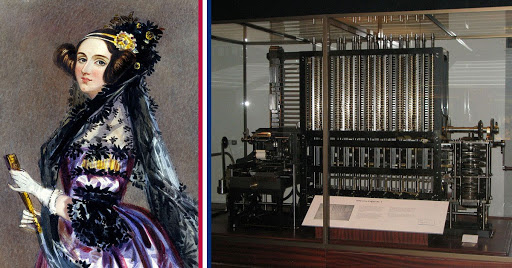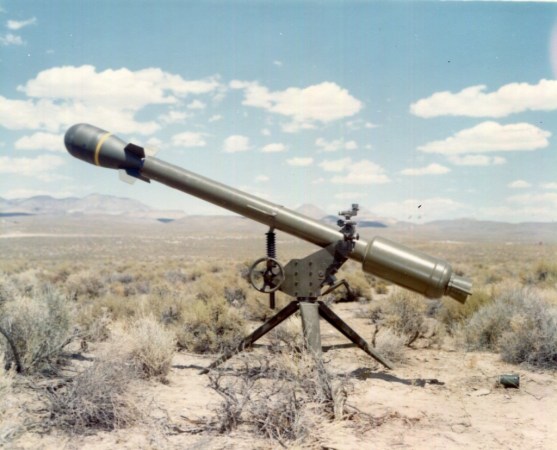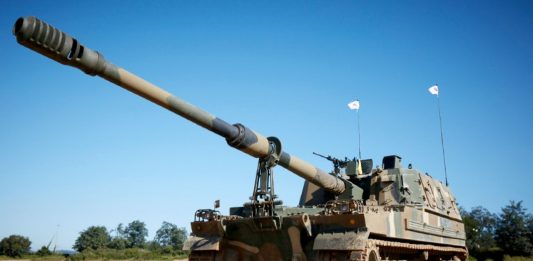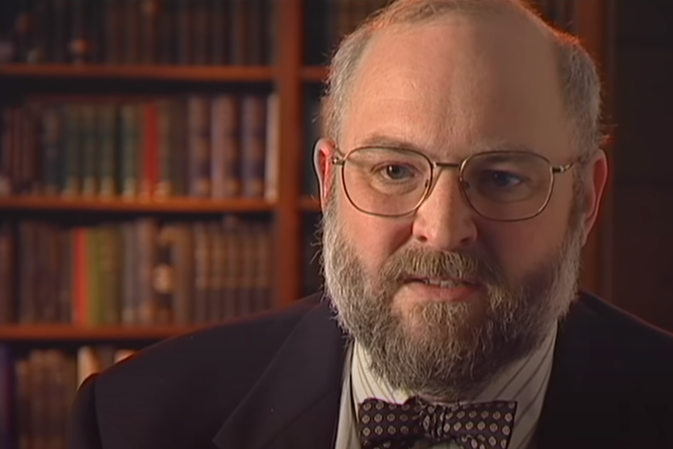Ada Lovelace, daughter of the famous poet Lord Byron, has been called “The first computer programmer” for writing an algorithm for a computing machine in the mid-1800s.
Here’s how that program impacts us — and our military — today.
Nicknamed the “Enchantress of Numbers,” Lovelace was born Augusta Ada Byron, Countess of Lovelace, on Dec. 10, 1915. Her mother, Annabella Byron, was referred to by Lord Byron as “Princess of Parallelograms,” and she insisted on an education for her daughter that included mathematics and science. Some suggest that Lady Byron hoped to quell the Byron tendency toward imagination and moodiness, but Lady Byron also described their daughter as “chiefly exercised in connection with her mechanical ingenuity.”
On June 5, 1833, at a party, Lovelace met Charles Babbage, the famed mathematician and mechanical engineer who originated the concept for the first automatic digital computer. There, he spoke of a “Difference Machine,” an invention of his that served, essentially, as an automated calculator — the first of its kind.
Babbage’s Difference Engine No. 2
Though the prototype was incomplete at the time, Lovelace went to his home a few days later to see the device in person. The two began a profound correspondence that would last nearly twenty years.
When Babbage began exploring a new design for what he called the “Analytical Engine,” Lovelace contributed her own notes and translations in extensive detail. Her translation of a paper written by Luigi Federico Menabrea on the machine elaborated the original writings from eight thousand words to twenty thousand, which was published in 1843.
Her paper is still considered one of her greatest contributions to computer science, distinguishing it from the science of mathematics. One of her notes within the piece included a method for calculating a sequence of Bernoulli numbers. Known as “Note G,” it is considered the first computer program in history.

Lovelace’s diagram from ‘Note G’ from Sketch of The Analytical Engine Invented by Charles Babbage by Luigi Menabrea with notes by Ada Lovelace
“The science of operations, as derived from mathematics more especially, is a science of itself, and has its own abstract truth and value,” Lovelace wrote.
Biographer James Essinger, author of A Female Genius, said of Lovelace: “Ada is here seeking to do nothing less than invent the science of computing, and separate it from the science of mathematics. What she calls ‘the science of operations’ is indeed in effect computing.”
Computer science has grown exponentially since Babbage and Lovelace first began to imagine complex automated algorithms specifically designed for machine implementation. Her groundwork contributed to the development of advanced computing machines that would change the very face of warfare — and our world today as we know it.

















